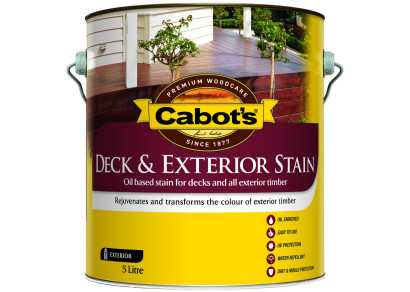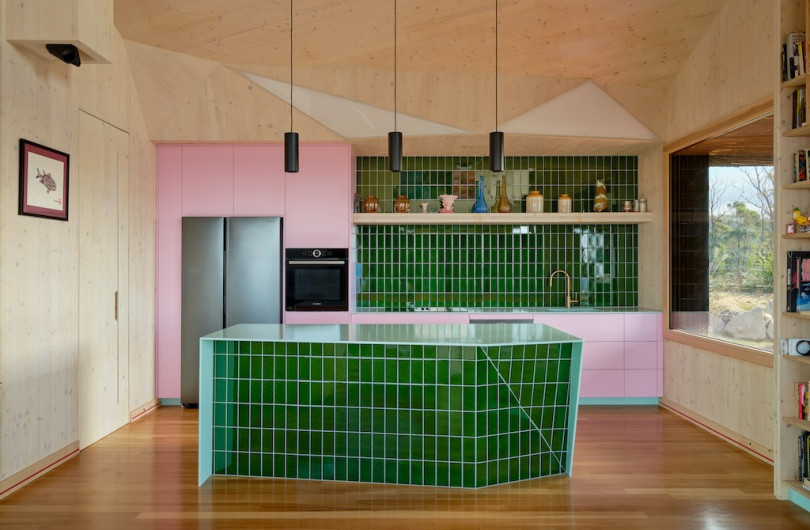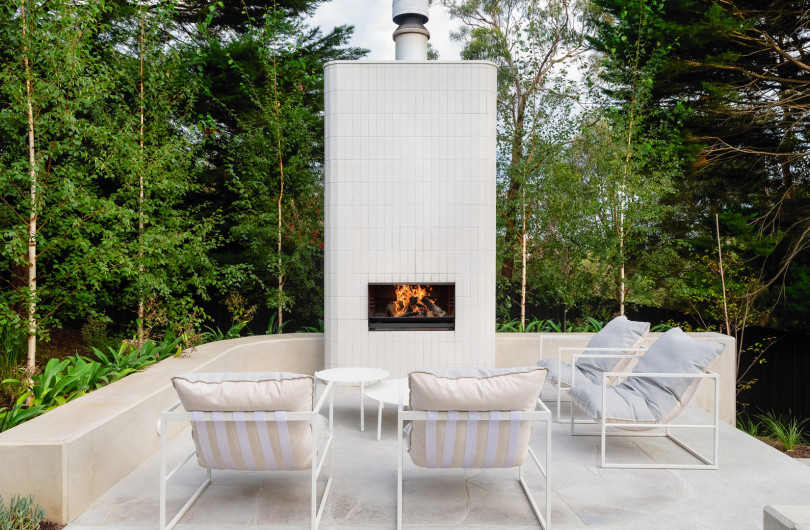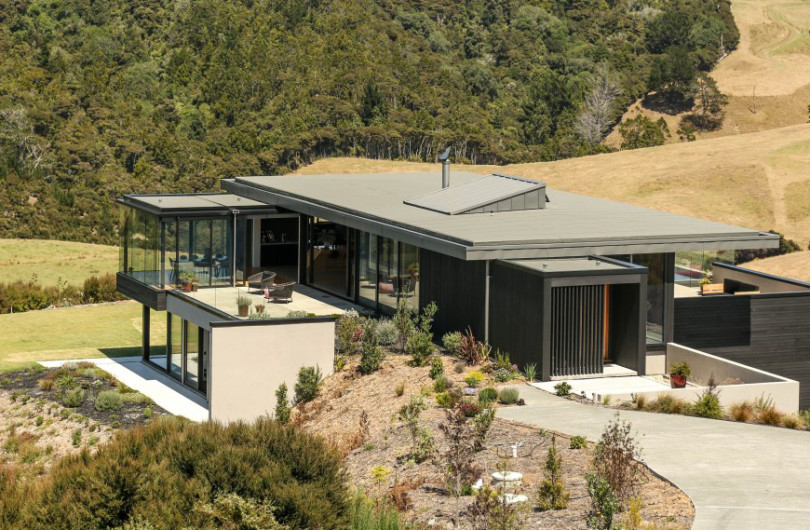Timber goes by many three letter acronyms these days — SIP, CLT, LVL, LSL. It comes in high-rise, mid-rise, stick, and mass timber solutions. Corresponding building code changes for our timber-trading Commonwealth cuzzies, Canada and Australia, are meaning taller timber buildings are all the rage. And the reason? Cheaper, faster and more sustainable building solutions.
As Treehugger's Lloyd Alter recently said, "Wood is perhaps the greenest building material; it is a renewable resource that absorbs carbon dioxide as it grows, which is sequestered in the wood when it is cut into building materials. But until recently its use was limited to low rise structures due to concern about the fire hazard."
"But it has been known for centuries that heavy timber actually performs better in fire than structural steel; a layer of insulating and fireproof char forms on the outside of it when it burns, protecting the structural integrity of the wood."
October saw two leading modular / prefabrication / offsite construction conferences in Edmonton (MOC Summit, Alberta, Canada) and Sydney (prefabAUS 2016, NSW, Australia) — both blitzed by the tall timber craze that is taking the construction technology world by storm.
Australia is trail-blazing with an updated building code that enables tall timber buildings up to 25 metres or eight storeys since May this year. Constructor developers such as Lend Lease and Strongbuild have been quick to import Austrian CLT for a range of multi-residential, commercial and social housing projects.
And both federal and state governments are pouring money into the construction and manufacturing industries in an effort to combat the 300,000 job losses from the car industry withdrawal. Victoria is pouring a staggering $1.2B alone.
Construction technologies stand to benefit from a three-pronged approach to invest in testing facilities for material compliance to combat inferior imported products, a knowledge hub for prefabrication, and digital technology incubation. Victoria is leading the charge with its own state-wide Construction Technologies Strategy.
It's no surprise then that Melbourne is housing the centre of excellence for linking federal funding with industry need and academic research capacity. The Centre for Advanced Manufactured Prefabricated Housing, or CAMP.H, is located in the engineering school at the University of Melbourne and connects several other Australian universities with housing manufacturer members of prefabAUS.
Canada of course has been leading the tall timber field for some time — since architect Michael Green published his Case for Tall Wood Buildings in 2012.
Since 2009, the province of British Columbia (BC) has allowed six-storey timber-frame buildings. Recently, the University of BC topped off its most innovative tall timber building, Brock Commons. At 53 metres tall, it comprises 18 storeys and over 400 bedrooms of hybrid mass timber construction — the hybrid bit being the concrete circulation core. Check it out at the architect's Acton Ostry's website.

Brock Commons, UBC
For tall timber specification resources, check out Canadian FP Innovations' publications, with several free downloads, including this CLT Handbook.
At both high profile Canadian and Australian events, renown author, architect and academic, Ryan E. Smith from the University of Utah presented keynote addresses. His research led to this report on Solid Timber Construction which sums up the reasons for learning more about specifying these new construction technologies. There is seemingly a cost advantage (4% savings) and more certainly a schedule advantage (20% savings) in the use of solid timber construction.
As for local exemplars, word on the street is that we will see at least half a dozen tall timber buildings take form in 2017 — it's going to be an exciting year — watch out for updates via PrefabNZ CoLab in March (Auckland and Queenstown).
For local specification information check out:
Tall Wood
XLam
CHH WoodProducts
Nelson Pine
PrefabNZ
Written by Pamela Bell, founder of PrefabNZ.
Pamela is a consultant for innovation in the built environment. For more information, visit her website.



























 Most Popular
Most Popular Popular Products
Popular Products



